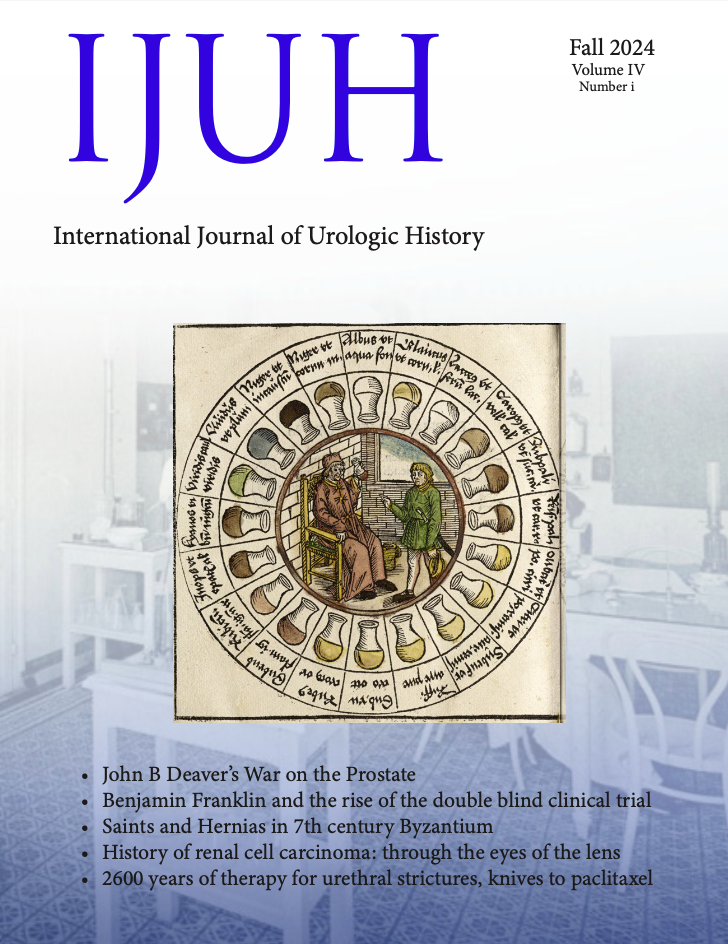Hernias, Healing, Hagiography: Faith and Medicine in the Era of St. Artemios
Abstract
Introduction
Artemios of Antioch was a Roman general and imperial prefect in the 4th century CE who was subsequently martyred under the reign of Emperor Julian and canonized in the Orthodox Church. Based on a 7th century account of miracles, St. Artemios figured prominently in early Christian incubation rituals in which individuals afflicted with specific maladies would travel to and reside within the Church of St. John the Forerunner in Oxeia waiting to be healed. Many of the healing encounters attributed to St. Artemios concerned genital maladies. We aimed to explore the circumstances surrounding the treatment of these ailments and contextualize our findings within the relationship of faith and medicine during that time.
Sources and Methods
Primary source material was drawn from the 7th century The Miracles of St. Artemios. A database of miraculous encounters was created including demographics of the supplicant(s), complaint(s), the medium in which the saint had manifested, and his manner of treatment. Additional secondary sources regarding St. Artemios and Byzantine incubation rituals were identified via PubMed and Google scholar and examined.
Results
A total of 43/45 (90%) of healing encounters compiled in The Miracles involved a urologic issue ranging from inguinal hernias and testicular pain to penile sores. Most supplicants were male, age range infant to 70 years. St. Artemios most commonly manifested himself in a dream to the afflicted or their loved one – sometimes as himself, other times in disguise. In several encounters, St. Artemios appeared as a physician. Treatments of genital maladies included medical interventions (e.g. hernia reduction) and nonmedical interventions (e.g. making a sign of the cross, votive offering). Several supplicants sought St. Artemios after failing medical treatment elsewhere. The Miracles contain commentary against contemporary medical practitioners in favor of faith-based healing. Nearly all examples of healing took place within or near the Church of St. John the Forerunner in Oxeia, Constantinople.
Conclusions
The Miracles of St. Artemios offer a view into the genital maladies of classical Byzantine peoples who sought relief from the divine when contemporary medical practices showed no perceived or actual benefit.
